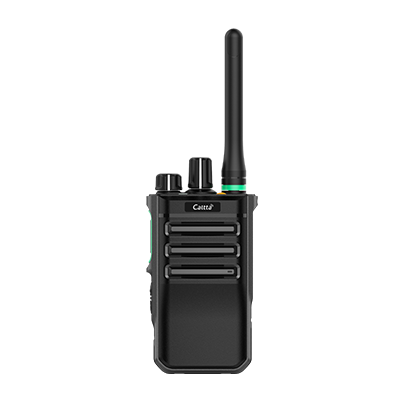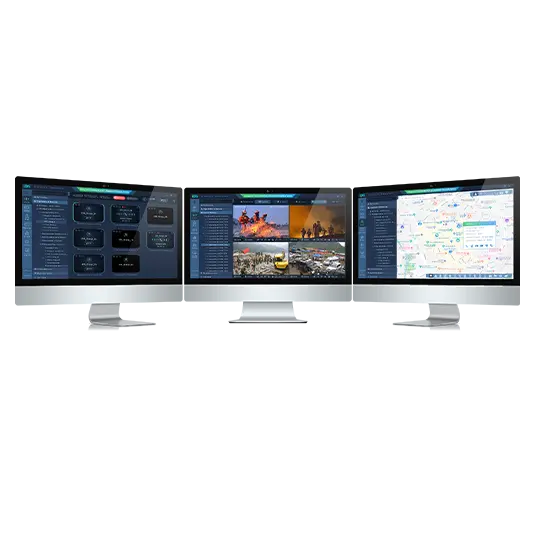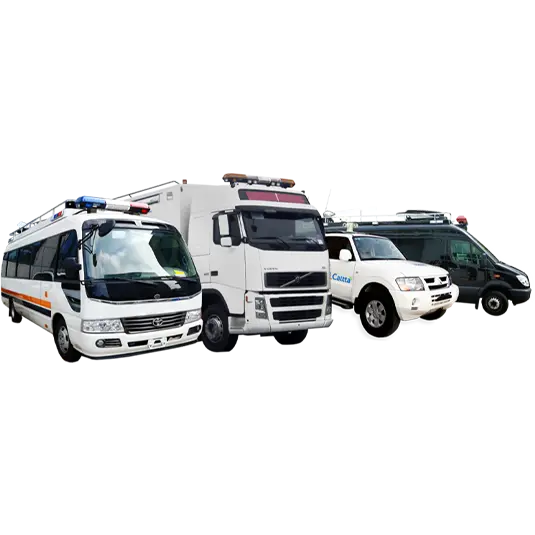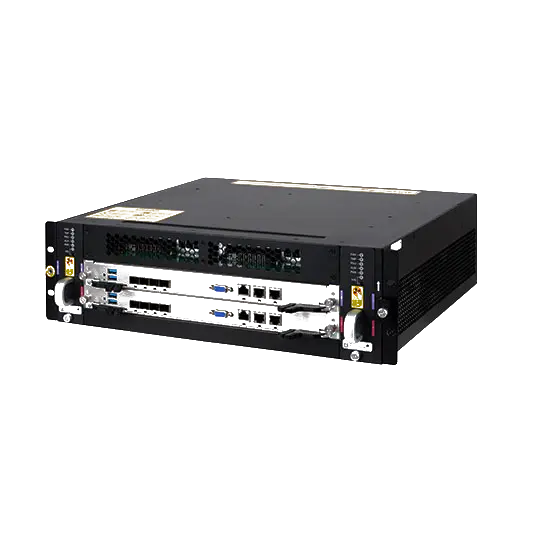A repeater is a connection device that operates at the physical layer. It is used to interconnect two completely identical networks, and the main function is to expand the distance of network transmission by retransmitting or forwarding data signals.A digital repeater is a network device that regenerates and restores signals: a physical layer device in the OSI model.
A repeater is a device that connects network lines and is commonly used for bidirectional forwarding of physical signals between two network nodes. The repeater mainly completes the functions of the physical layer, is responsible for transmitting information bit by bit on the physical layer of the two nodes, completing the functions of signal replication, adjustment, and amplification, thus prolonging the network length. Due to loss, the signal power transmitted on the line will gradually decay, and when it decays to a certain extent, it will cause signal distortion, which will lead to reception errors. The digital repeater is designed to solve this problem. It connects the physical lines and amplifies the attenuated signal to keep it the same as the original data.
The repeater works at the physical layer of the OSI model and is the center of all nodes in the LAN. Its function is to amplify signals, compensate for signal attenuation, and support long-distance communication. The repeater works at the physical layer and is transparent to higher-level protocols. In fact, the network connected by the repeater is equivalent to a larger network composed of the same wire. Repeaters can also connect networks with different transmission media and are mostly used in interconnected LANs with the same data link layer or above.
The purpose of the design of the digital repeater is to give your network signals a push to make them transmit further.
Due to the influence of transmission line noise, the digital or analog signals carrying information can only be transmitted for a limited distance. The repeater's function is to regenerate and transmit received signals, thereby increasing the transmission distance of the signal. It connects two or more segments of the same network. Ethernet often uses a repeater to extend the cable length of the bus. The maximum length of each segment of standard thin cable Ethernet is 185 meters, up to 5 segments, and by adding a repeater, the maximum length of the network cable can be increased to 925 meters. Generally, the network parts at both ends of the repeater are network segments, not subnets.
The repeater can connect the cables of two LANs, reset and regenerate the digital signals on the cable and then send them out. These functions are typical functions of the first layer of the OSI model, the physical layer. The role of the repeater is to increase the coverage area of the LAN. For example, the Ethernet standard stipulates that the maximum length of a single segment of the signal transmission cable is 500 meters, but by using a repeater to connect five cable segments, the maximum length of the signal transmission cable in Ethernet can reach 2,500 meters. Some brands of repeaters can connect cable segments of different physical media, such as thin coaxial cable and optical cable.
The digital repeater only sends data on any cable segment to another cable segment, regardless of whether there are erroneous data or data unsuitable for the network segment in the data.



Copyright © Caltta Technologies Co., Ltd. All Rights Reserved.
+86-0755-86556659




